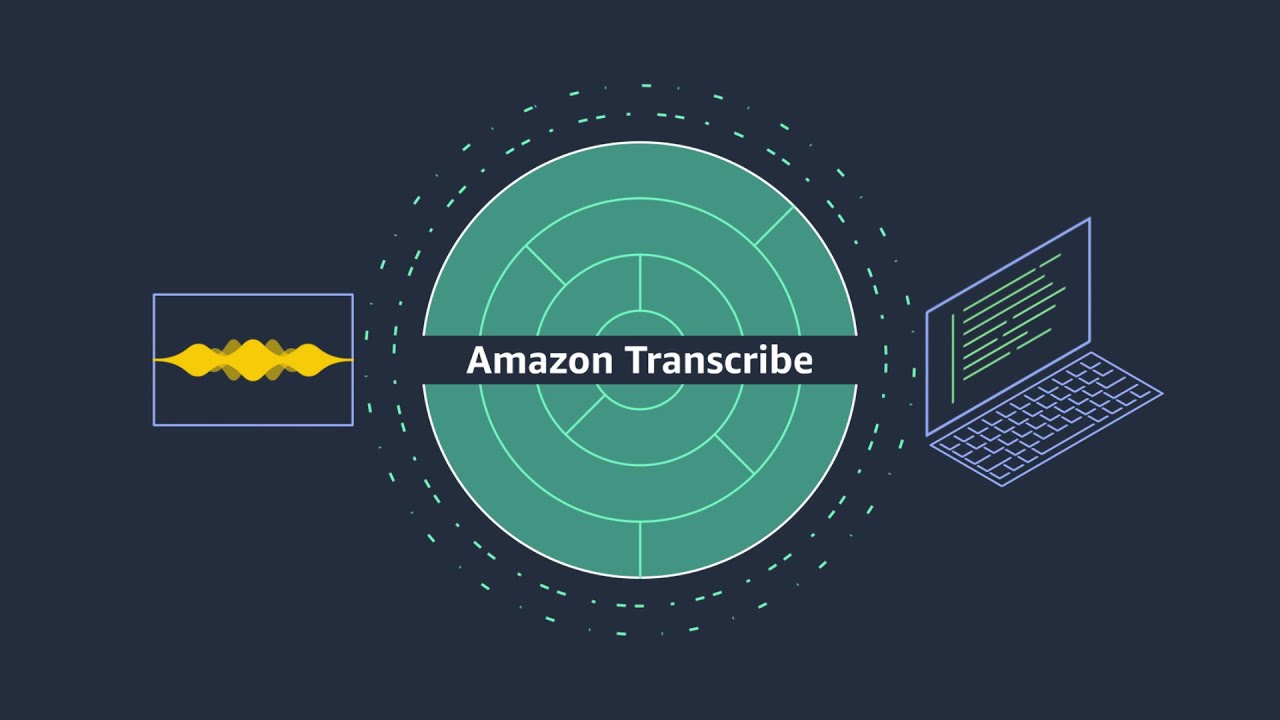Plastic pollution has become a global crisis, with both plastic production and waste expected to reach alarming levels by 2050. In response, scientists from UC Santa Barbara and UC Berkeley have unveiled a groundbreaking AI-powered online tool aimed at providing a roadmap to combat plastic pollution. This tool offers unprecedented insights into how nations worldwide can combine policies to effectively address this urgent issue alongside the United Nations’ global plastics treaty currently in negotiation.
Plastic pollution: A looming crisis
Plastic pollution is a mounting concern, with annual plastic production projected to increase by 22% between 2024 and 2050. Simultaneously, plastic pollution is expected to surge by 62% during the same period, posing significant environmental and health threats. The consequences of inaction are dire, with the world potentially generating enough plastic litter by 2050 to cover the entire island of Manhattan with a towering heap nearly ten times the height of the Empire State Building.
The UN Global Plastics treaty
In March 2022, more than 175 nations pledged to develop an international, legally-binding treaty aimed at ending plastic pollution. Sixty of these nations have committed to achieving this ambitious goal by 2040. This treaty has the potential to be a game-changer in the battle against plastic pollution.
AI-powered insights
To address the plastic crisis effectively, the researchers have harnessed the power of AI to develop an online tool that projects global and regional plastic pollution trends from 2010 to 2050. By combining data on population growth, economic trends, plastic production, pollution, and trade, the tool offers a dynamic and real-time platform for UN negotiators to simulate various policy scenarios.
A path to virtually zero plastic pollution
The research indicates that a strong UN plastics treaty, incorporating a specific mix of nine plastic reduction policies, could lead to the virtual elimination of plastic pollution by 2040. This would involve reducing the generation of mismanaged plastic waste by a staggering 89%, down to a more manageable 10 million metric tons per year. Such a result could represent a pivotal turning point in the fight against plastic pollution.
The burden on less wealthy nations
A critical aspect highlighted by the research is the disproportionate burden of mismanaged plastic waste on less wealthy countries, especially in the Global South. Without intervention, the research predicts that mismanaged waste in these regions could be 4.8 times greater in 2050 than in more economically developed nations, further exacerbating existing environmental justice concerns.
The key policies
The study identifies five specific actions that, when implemented in conjunction, could significantly reduce plastic pollution:
Minimum recycled content commitment: Requiring certain plastics to be made of at least 30% recycled materials could reduce annual mismanaged waste by approximately 31% in 2040.
Cap on virgin plastic production: Similar to climate policies, capping plastic production to 2025 could reduce annual mismanaged waste by approximately 15% in 2040 and 26% in 2050.
Investment in plastic waste management infrastructure: Boosting infrastructure for plastic waste management, including collection services, landfills, and waste processing plants, would have a substantial impact on reducing mismanaged waste.
Investments in New recycling capacity: Increasing the capacity for recycling would contribute significantly to reducing plastic pollution.
Small tax on plastic packaging: Introducing a modest tax on plastic packaging items, such as plastic bags, could generate revenue to combat plastic pollution.
Funding for combatting plastic pollution
Under the proposed treaty, funding to combat plastic pollution could be generated through taxes or related “extended producer responsibility” programs, enlisting the aid of plastic producers. The research suggests that investing in waste management infrastructure can yield more significant returns than directing funds solely toward recycling plants, particularly when supporting countries in the Global South.
The global commitment
While the goal of ending plastic pollution by 2040 is ambitious, the researchers emphasize that it is critical to fulfill this global commitment. The treaty also includes provisions to phase out single-use packaging items, such as plastic straws, shopping bags, cutlery, and styrofoam cups. These single-use items are common culprits in river and ocean pollution.
The road ahead
The research findings offer hope that, with a strong UN plastics treaty and concerted global efforts, plastic pollution can be significantly reduced by 2040. The collaboration of nations and companies is essential to limit the flow of plastic into our environment and oceans. As the world grapples with the plastic crisis, rethinking packaging choices, and taking proactive measures are vital steps toward a healthier and more sustainable future for all.
The AI-powered tool developed by UC Santa Barbara and UC Berkeley provides a roadmap to address plastic pollution comprehensively. It emphasizes that bold policy actions, international cooperation, and investments in waste management infrastructure are essential components of a successful strategy to combat plastic pollution and protect our planet.





